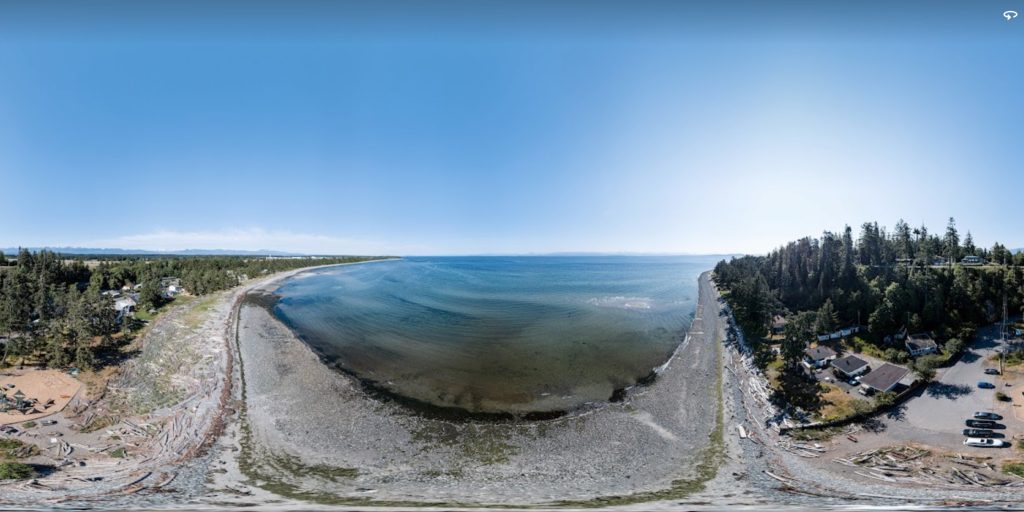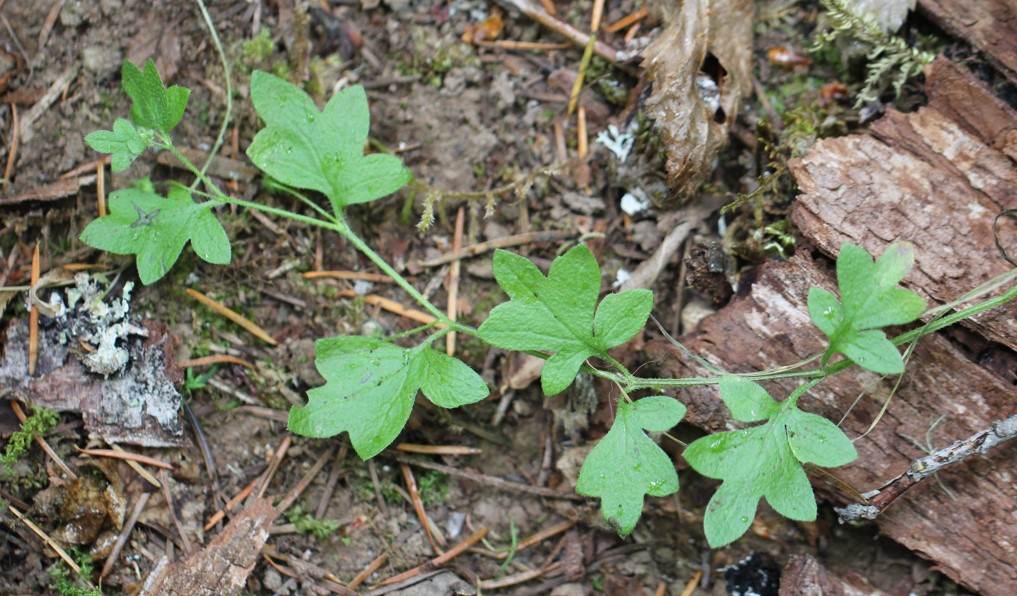As the result of a recent project, our online Nature Viewing Guide now features a new photographic element: spherical (360º) panoramas. These great images give you a birds-eye view of the location. Try the one above (tip: when the static image appears, click the circular arrow symbol to start the viewer, then drag the photo in any direction).
The project was the initiative of Bruce Moffat, leader of CVN’s Photography Group, and was a collaboration between CVN and the Drone Group of the Comox Valley Photographic Society. It was an offshoot of the project led by Karen Cummins to update our printed Nature Viewing Guide brochure.
We are grateful for the enthusiastic efforts of the members of the Drone Group. By all accounts they had fun flying their drones to capture these wonderful aerial images of the various nature viewing sites.
Be sure to check out this new feature. The web page for each site now includes a link to the spherical panorama in addition to the link to the photo gallery of which it is a part. Or you can go directly to a list of the spherical panoramas and choose any site.
This project is planning also to provide videos of the sites, and work on these is ongoing. Watch for a future announcement.



















































